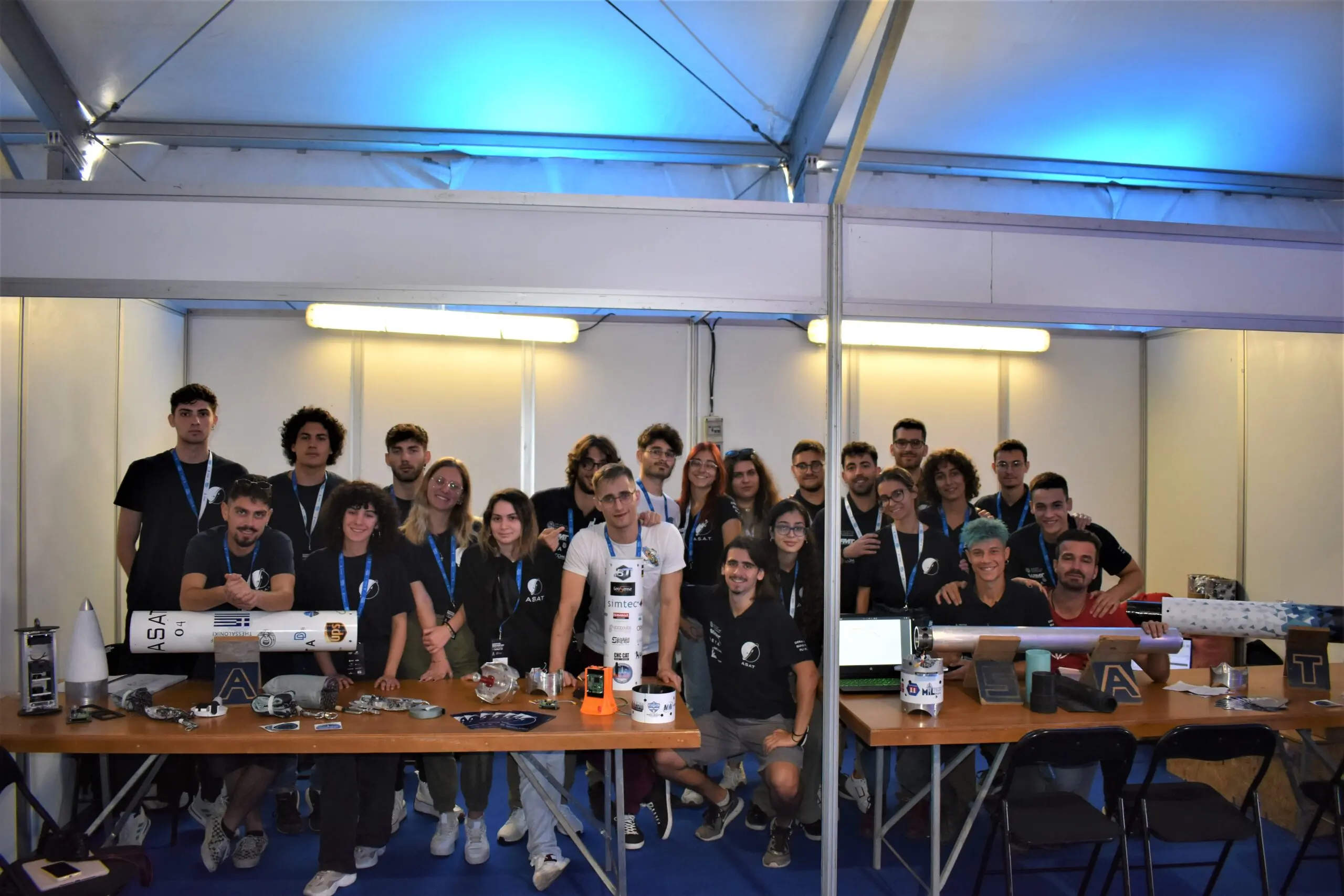During the design and testing process of any system, mistakes and shortcomings are to be expected. However, if these problems are not addressed and fixed before the delivery of the system, there is a high chance for a complete failure of the system which can even result to the loss of human lives. Many examples can be found throughout history. RMS Titanic was the biggest ship of its time. Titanic had poor quality control in the manufacture of the wrought iron rivets. When the ship collided with the iceberg, many rivets failed and whole sheets of the hull became unattached. An insufficient number of lifeboats was a requirements development failure.

Systems on our planet are not the only ones to have suffered such problems. Most notable example is the maiden flight of Ariane 5 in 1996. For the brand-new Ariane 5 rocket, the engineering teams reused specifications and software from the older Ariane 4 rocket without testing in-depth if the old software met the new requirements. The failure to discover this problem led to a catastrophic failure during the first flight of Ariane 5.

Many more examples can be found. It is apparent that problems can appear in any phase of a project and most of the times there is no simple solution to fix them, due to the complexity of the system. However, we can identify where most problems originate from. Firstly, you might have poor communication between the members of a project. Another common mistake is forgetting good practices and taking shortcuts based on unjustified experience or habits. It is therefore critical to have someone responsible to overview the design process during all times in order to ensure the performance of the system while keeping the cost and risk at a minimum. There is also a need to do all of that in a timely manner, maintaining the given schedule.

Systems Engineering (SE) has been a part of our design process for a long time, but only lately has been separated into a separate subsystem. This decision has been made in order to further assist the design and testing process of the entire CubeSat and increase the reliability of our system. The Systems Engineering team is mainly tasked with assisting the rest of the sub-teams with problems during the design and solving potential design conflicts when they arise. The SE team also ensures compatibility with specific space standards and defines the testing procedures for the entire CubeSat in cooperation with the rest of the sub-teams. The SE team is responsible for holding the weekly concurrent design meetings, where the entire CubeSat team gives updates on the design of the nanosatellite. Information sharing for all CubeSat members is done via the Open Concurrent Design Tool (OCDT), an open source program developed by ESA. The Systems Engineering team is responsible for the maintenance and upkeeping OCDT as well.

The Systems Engineering sub-team consists of two members, Anastasis, an undergraduate physics student, and Giannis, an undergraduate Electrical Engineering student. The team possesses a deep knowledge of every single subsystem of our CubeSat and is capable of solving problems when they arise. In addition, both members have been trained in relevant ESA Academy training courses which further assists their mission: Anastasis participated in the CubeSats Concurrent Engineering Workshop 2019 and Giannis participated in the Space Systems Engineering Training Course 2018.

Astraea in Air Cargo Challenge 2024
In 2024, for the 4th time our team had the opportunity to participate in the Air Cargo Challenge that took place in Aachen, Germany. ACC



